Day 1

"ALL ABOARD!"
The journey to Ogasawara (also known as the Bonin Islands) would take 24 hours by ferry from Tokyo. It was a 1,000km journey. There is no airport, no flight, no train, to this group
of islands. Just one long 24-hour voyage.
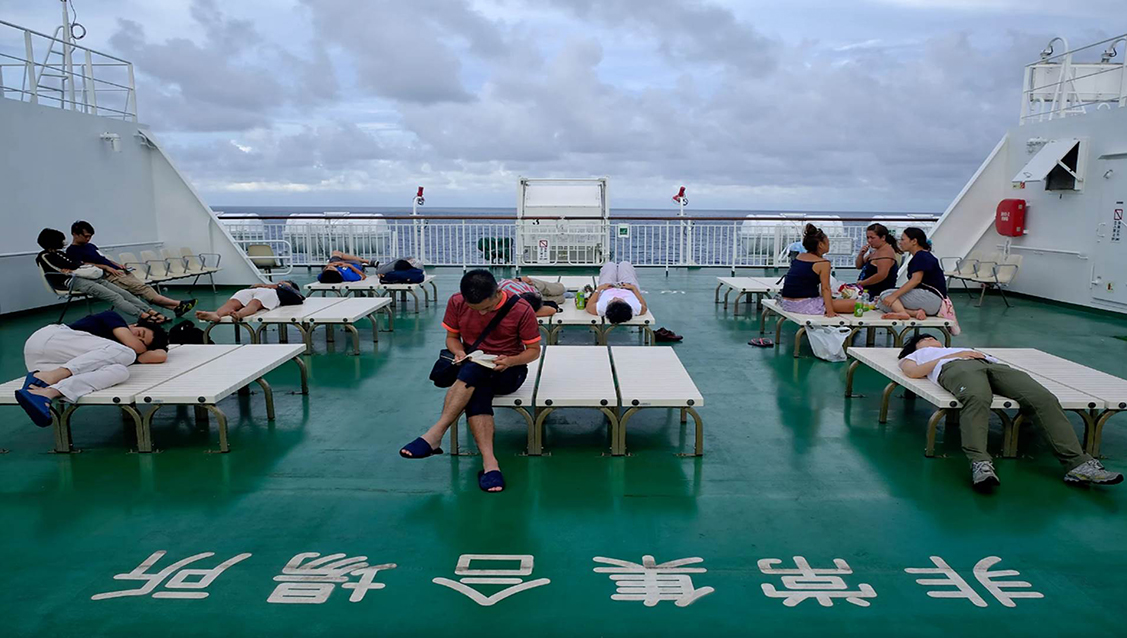
Inside of my ferry
When I saw the inside of my ferry, which was a fairly new one (the older vessel was decommissioned two months ago, fondly missed by the residents of the islands), I was somewhat
relieved. The ferry was clean, bright and modern.
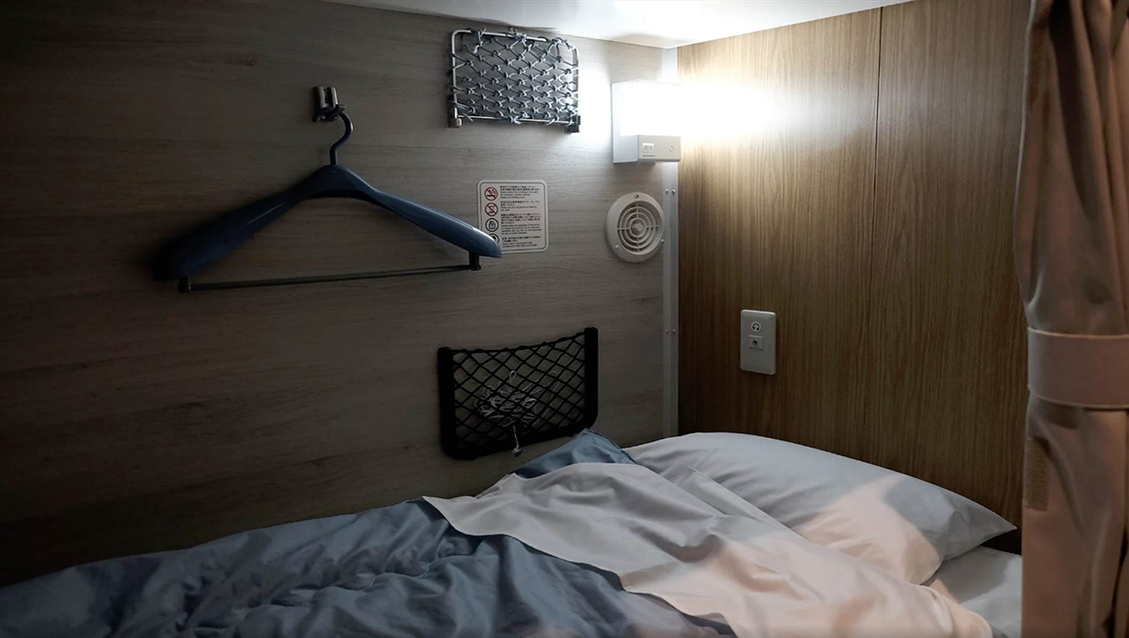
My bed
This is what my bed looks like on the ferry.
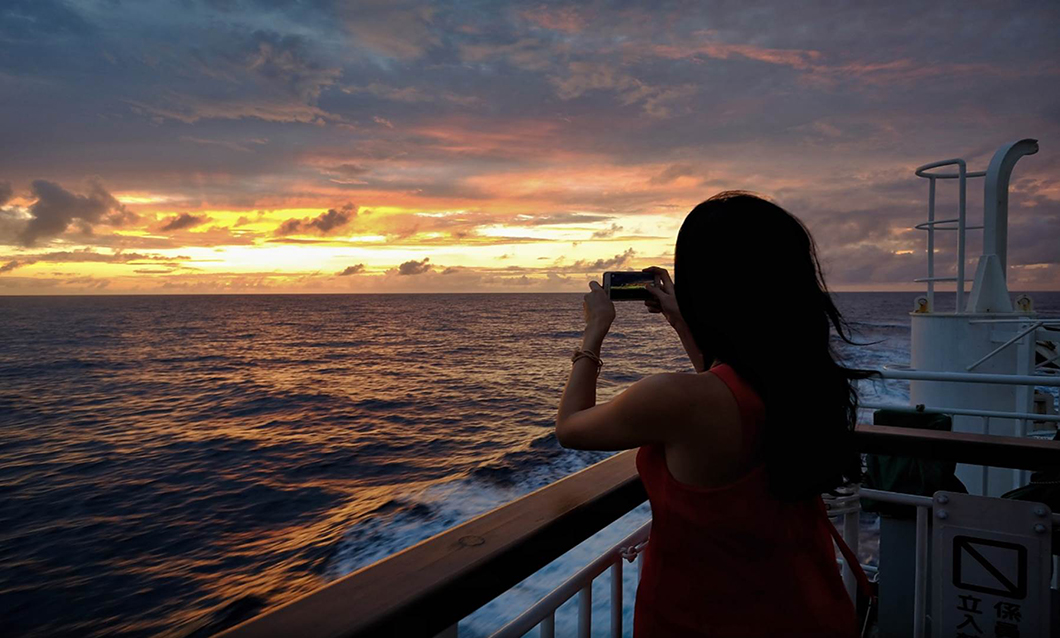
Views from the ship
Some of these views are breathtaking. You haven't lived till you've seen sunrises and sunsets at sea.
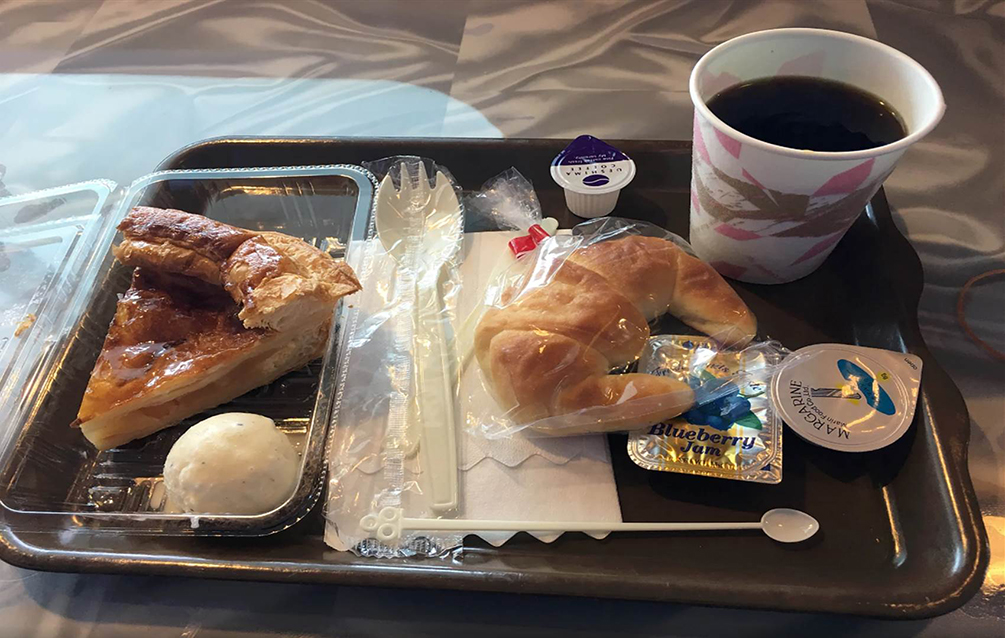
The apple pie with ice-cream
My meals on board were surprisingly pleasant. I particularly enjoyed the apple pie with ice-cream.
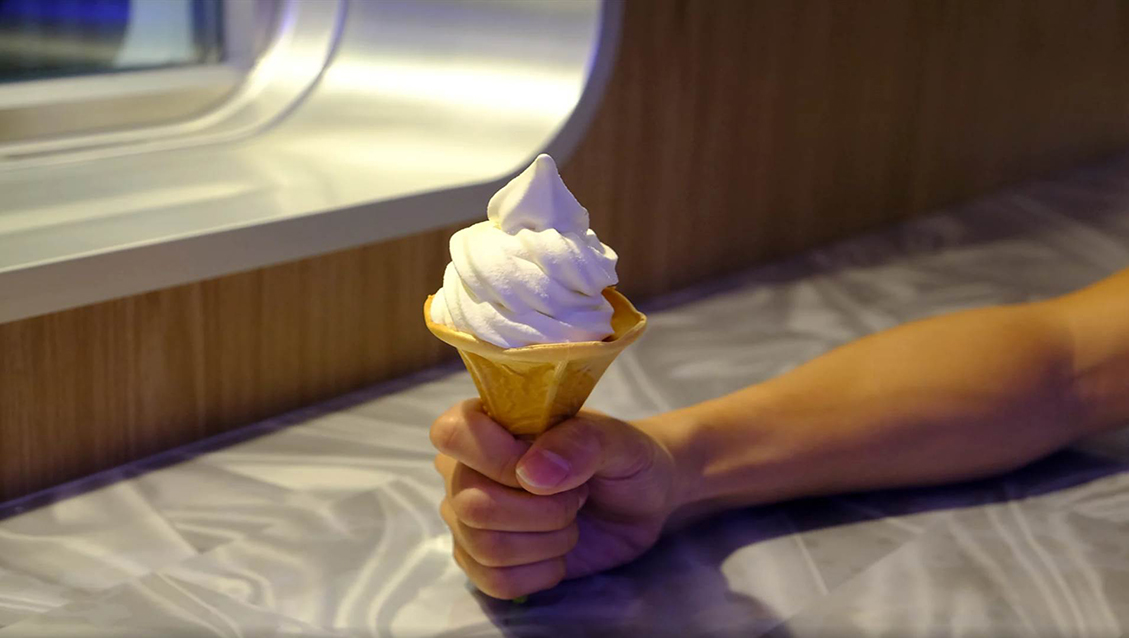
Salted Caramel soft-serve
Oh, that Salted Caramel soft-serve was also good. I could not resist having it a few times.
































